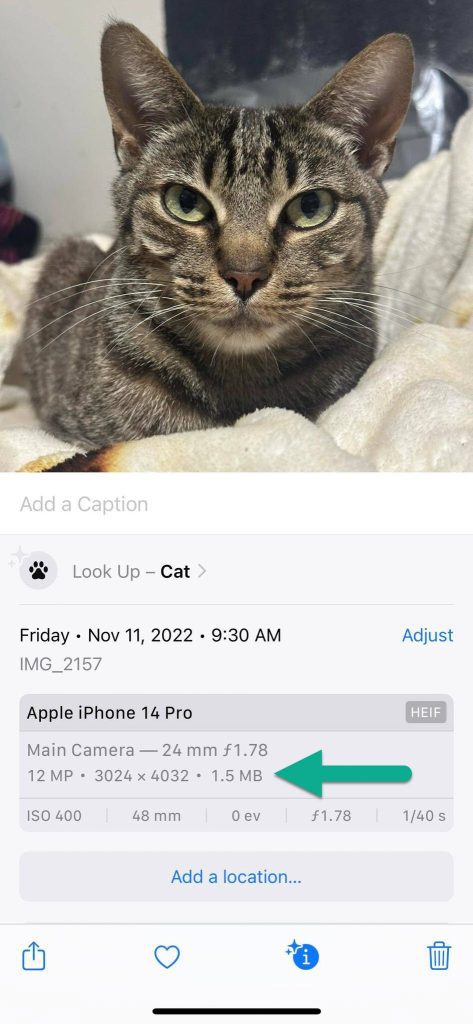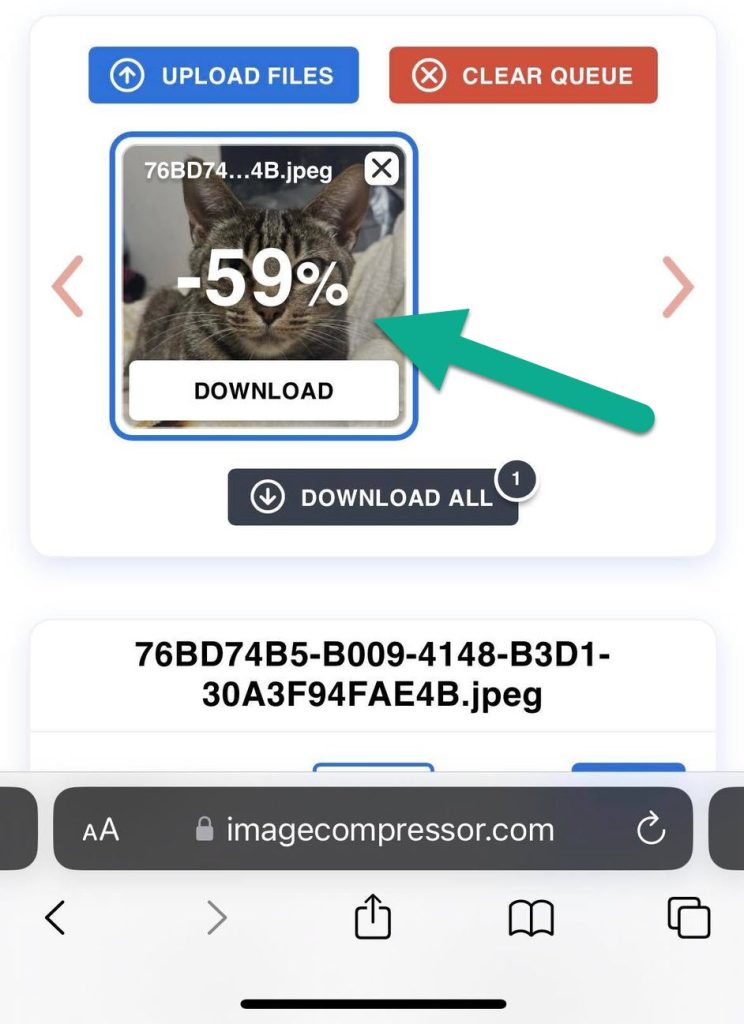Are you sending /receiving multimedia messages, and want to know whether or not they use mobile data?
If you do not have an unlimited data plan, being aware of what contributes to your total data usage is important – especially since multimedia messages tend to be large in size.
So, does multimedia messaging (MMS) use data, and if so, how much?
In this article, I’ll be answering these questions, as well as sharing some ways to save even more data while sending pictures / videos.
Does Multimedia Messaging Use Data?

Yes. Sending multimedia (MMS) messages uses your mobile data, even if you are connected to Wi-Fi while sending or receiving the messages.
However, if you use a service that operates entirely over the internet (such as iMessage or Google Messages), the photos, videos, or other media will be sent over Wi-Fi instead – thus using no mobile data.
Later on, I’ll share how to ensure your media is only sent over Wi-Fi, so you can avoid using your data at all.
However, when sending a normal MMS message, unfortunately mobile data is used, so this will count towards any data limits your plan may have in place.
Note: Some cellular providers count data from MMS messages as separate from other data (such as web browsing.) So, you may need to review your plan to discover its exact limitations.
How Much Data Does MMS Messaging Use?
Now that we know that multimedia messages use data, the big question is how much?
Ultimately, it depends on the size of the file being sent or received.
Low-resolution downloaded from the internet may only take a few hundred kilobytes for example, whereas photos taken with your phone’s rear camera can take several megabytes.
Videos are even more intensive, and can quickly add up to hundreds of megabytes for videos lasting several minutes. Note however that some providers limit the total size of MMS messages, and files over the size limit may not be able to be sent.

Many phones allow you to see the exact size of a photo within your camera roll.
For example, on iPhone all you have to do is open the photo, and then tap on the ‘i’ icon on the menu along the bottom.
It will then pull up information about the photo, such as its total size.
After taking this into account, you can decide whether or not its worth using that amount of mobile data to send the multimedia message or not.
Why Is Mobile Data Used For Multimedia Messaging, Even If I Have Wi-Fi Connection?
If you have an active Wi-Fi connect, why is mobile data still used for MMS messages? Wouldn’t make more sense if the media was sent over Wi-Fi?
It would, but in many cases, it’s not possible!
It should be noted that your phone does actually send messages over Wi-Fi when it’s able to do so. However, this tends to only work when the recipient owns a similar phone.
For example, when two people both have iPhones, the messages will be sent via iMessage. In this instance, all messages – text, and media messages, operate over Wi-Fi when it’s available. Your cellular network isn’t touched at all.
Even when you don’t have Wi-Fi, these services operate entirely through the internet, similarly to how something like Facebook Messenger does.
With standard MMS messages however, it operates similarly to a regular text, or a phone call – it goes completely through your carrier, and the other person’s carrier. The message delivery is very direct, and rather than going over the internet, it goes straight through the carrier’s infrastructure.
In theory, Wi-Fi could be used if the media was uploaded to some sort of central server by the sender of the message, and then downloaded from that server by the receiver.
However, MMS messages really haven’t changed that much in recent years, and due to the way they are delivered, they must go through your carrier’s cellular network, rather than any Wi-Fi network you may be connected to.
How To Save Data While Sending Multimedia Messages
So, we now know that MMS messages use data, and that this often can’t be avoided even while connected to Wi-Fi.
So, how can you save mobile data?
There are two ways to go about it.

The first is to compress the files that you want to send, making them smaller in size without reducing the quality. This can be done using a free online tool like Imagecompressor.com.
As you can see in the picture above, this tool managed to compress the photo, reducing the size by 59% – which is quite significant!
However, uploading and redownloading the photo is tedious, and will actually use more data unless you’re on a Wi-Fi connection. So, there is a much better alternative.
The best thing you can do in order to save mobile data, is to use a service that operates entirely over the internet.
As mentioned earlier, iMessage and Google Messages are two examples. However, they can’t be used in every situation.
Therefore, it’s worth installing a service like WhatsApp or Facebook Messenger instead, and sending multimedia messages over there instead. Other common messaging apps include:
- Discord
- Slack
- Skype
- Signal
- Snapchat
- Line
- Telegram
Each of these will send the messages over the internet, rather than MMS.
This means that if you are connected to Wi-Fi, sending media over these apps will use no mobile data whatsoever! So, they are a great alternative to your standard texting app if saving data is a priority for you.
Conclusion
Unfortunately, multimedia messages use mobile data, even if you are connected to Wi-Fi on your device.
However, by sending your media over an internet-based service like iMessage, Google Messages or WhatsApp, you can avoid using data entirely as long as you are connected to Wi-Fi while sending or receiving the media messages.
I hope that you’ve found this article helpful, and that it’s answered all of your questions.
If you have any other questions about MMS messages or mobile data, ask them below and I’ll get back to you as soon as I can.
Wishing you the best,
– James McAllister
